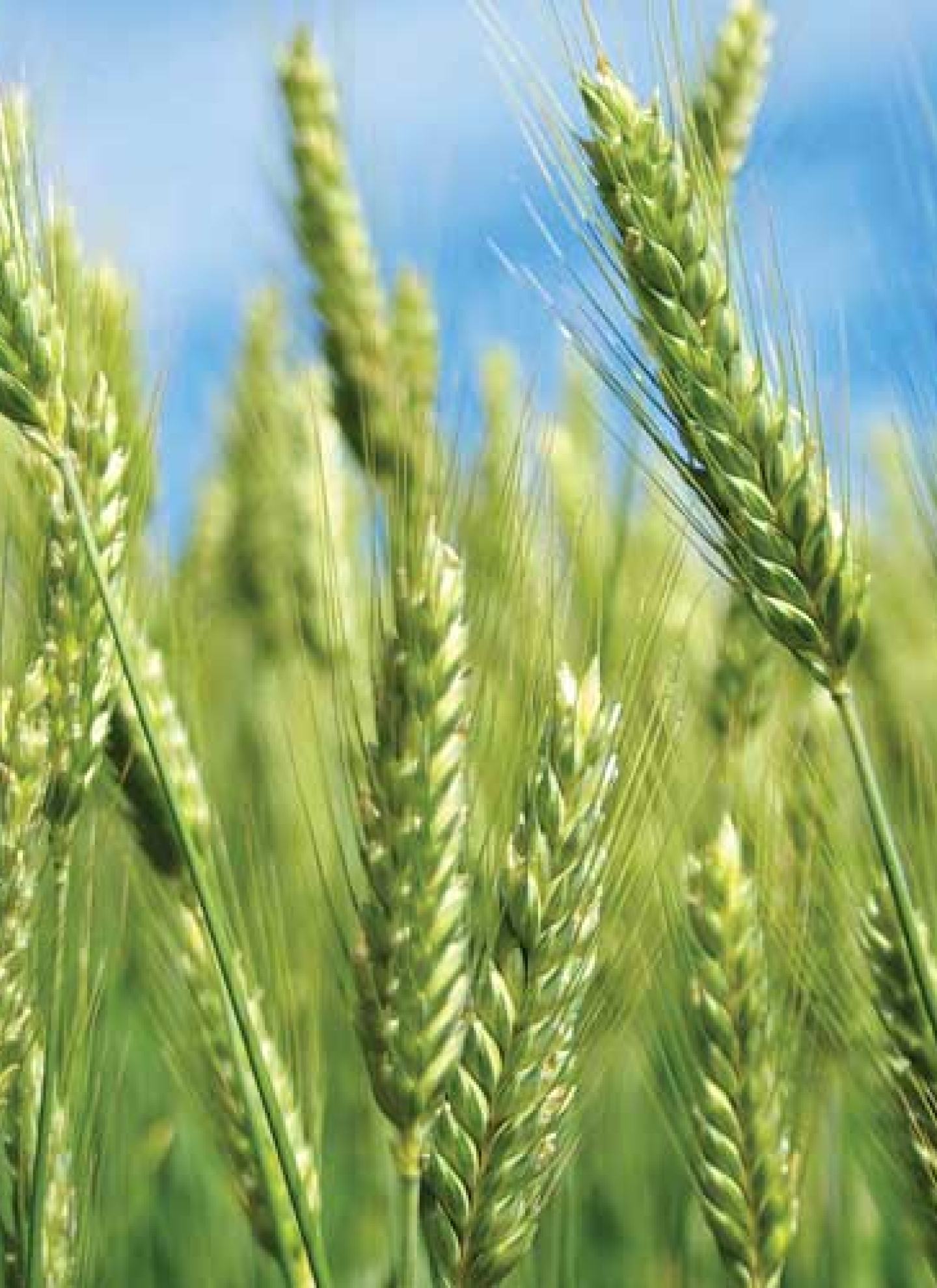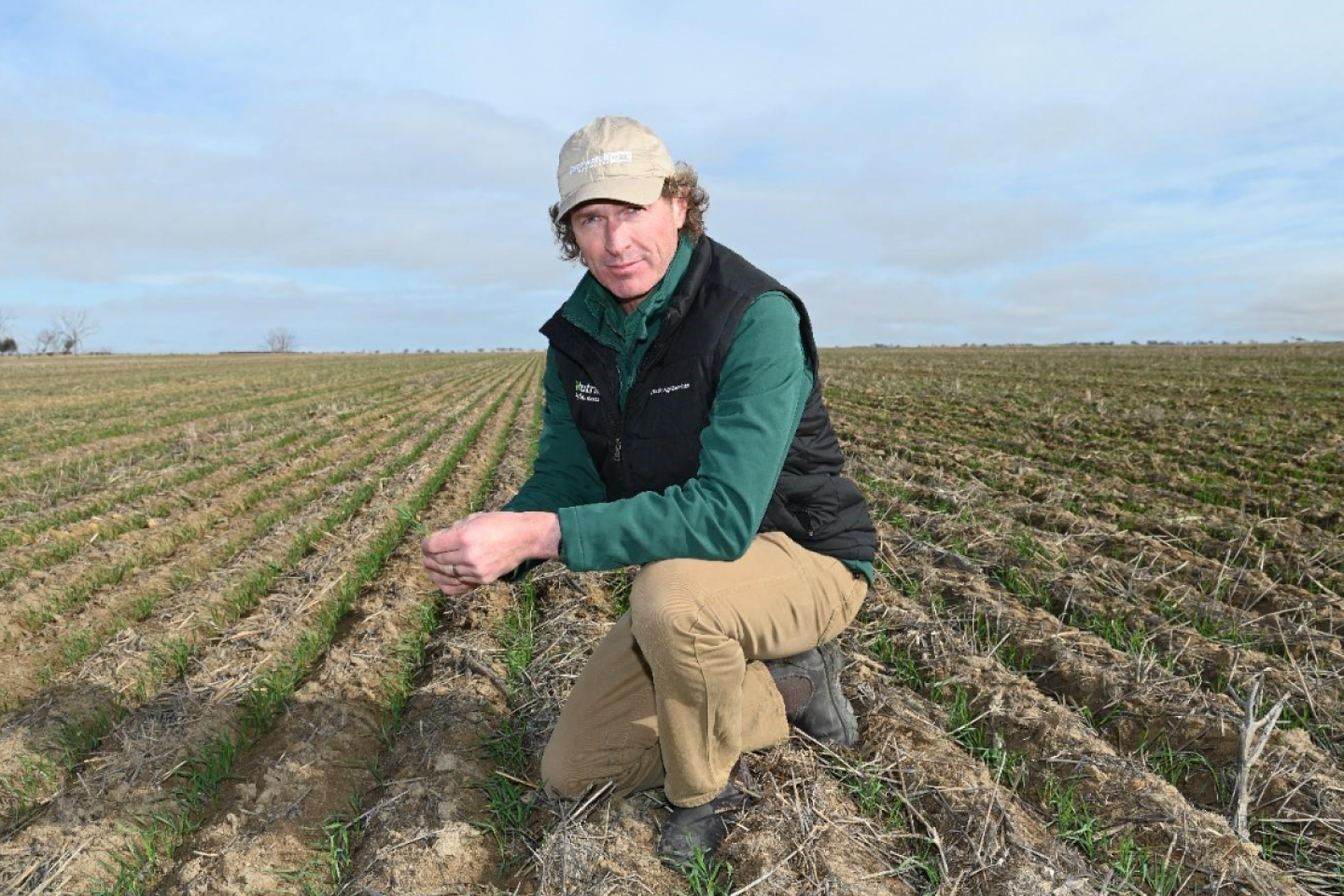The ability of Overwatch® Herbicide to control more than just ryegrass has made it a versatile choice on the Walker property, at Quairading, in the wheatbelt region of Western Australia.
Scott Walker said he was particularly happy with Overwatch® in their wheat and canola this season.
“We used it in wheat after a lupin paddock and it did a good job holding back the radish. It sizzled the radish and when we did get back with a post-emergent spray we were targeting less, and they were palm sized radish rather than plate size.”
“In some of the Overwatch® paddocks we didn’t need to go back with a post spray. We were able to prioritise with the wet conditions of the season.”
The farm grows barley, wheat, canola and lupins and also runs between 1100 to 1500 ewes every year.
“We have a lot of deep white and yellow soil,” Mr Walker said. “Ryegrass is our main weed although wild oats, barley grass, silver grass and brome grass are also of concern.”
Ryegrass, wild oats, barley grass, silver grass, brome grass and wild radish are all on the Overwatch® label as either control or suppression.
This has been particularly handy on the property in the last two years with wet conditions and more expensive chemistry options reducing post-emergent sprays.
Mr Walker said Overwatch® did a particularly good job in the canola and was used as an alternative to propyzamide which was either unavailable or more expensive.
He said they had used it for the past two years and initially put it across 500 hectares on the advice of their local agronomist.
“My old man loves using new products,” he said. “We don’t seem to have resistance to anything, but we are big on rotating chemistry.”
Herbicides are chosen by considering weed issues, paddock history and crop type with pre-emergent chemistry a key to a good seasonal start.
“Pre-em’s are essential,” Mr Walker said. “They protect the plant early and really help early on. You can see how much they do if you miss a bit in the paddock.”
He said they plant the seed to the moisture and were not too concerned with any bleaching that could occur with Overwatch®.
“We did see a bit of bleaching in the barley and our agronomist said this could happen. It was on the clay or gravel ridges, and it came through okay. Other herbicides can cause issues but are not so visual.”
He said what was visual, was the pink colour of the ryegrass in the Overwatch® treated paddocks. The ryegrass would emerge, turn a pink colour, and fade and die.
Overwatch® was tank-mixed with a wide range of other herbicides (trifluralin and glyphosate), fertilisers and insecticides and performed well.
An Ausplow DBS seeder provided excellent seed placement and helped provide separation from the herbicide.
Mr Walker said Overwatch® had proved to be a versatile option on the property with its ability to be used on canola, wheat and barley while controlling a wide range of weed types.
He said it will play a vital role as alternative chemistry for herbicide rotations to reduce the risk of resistance.



